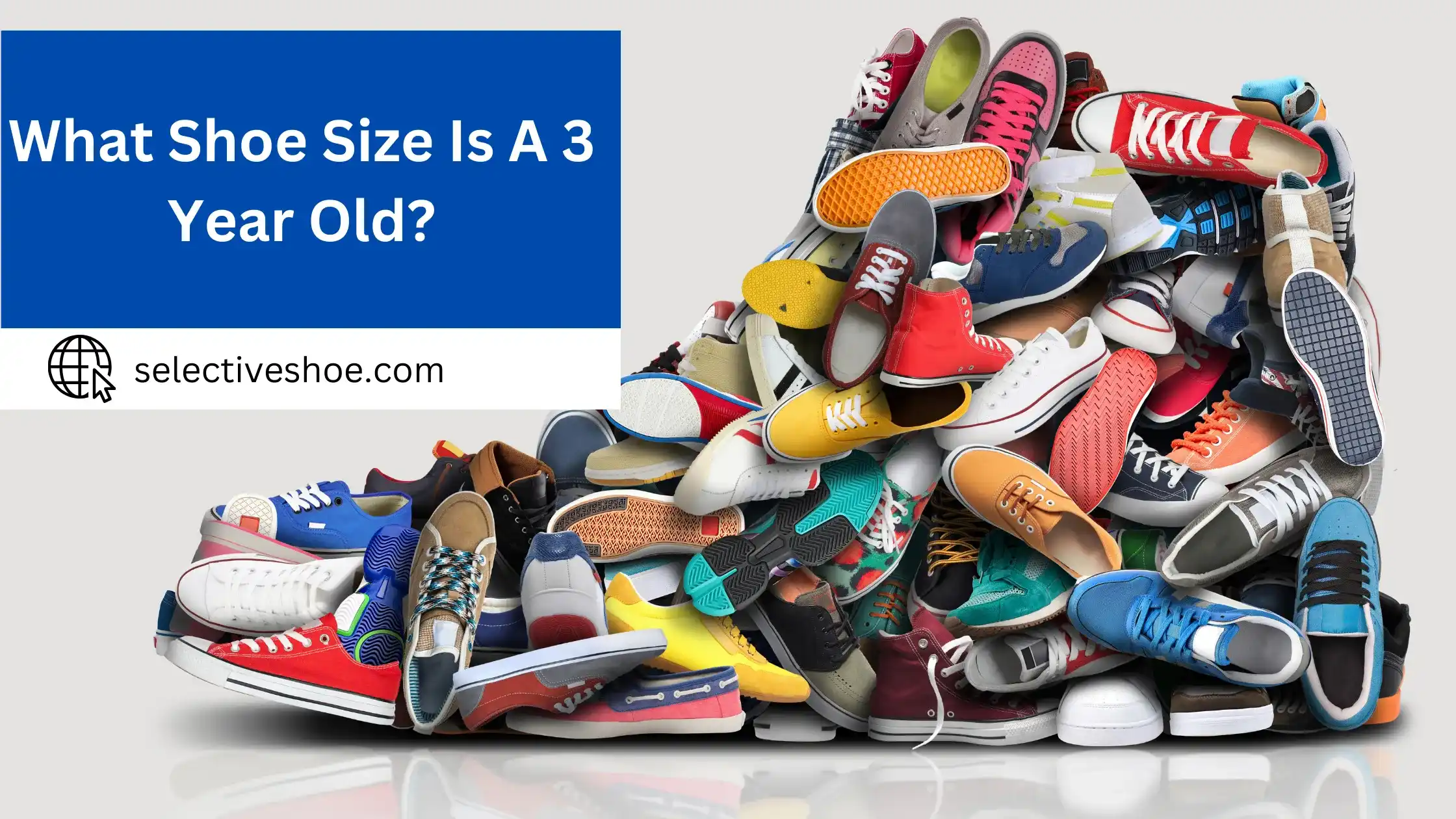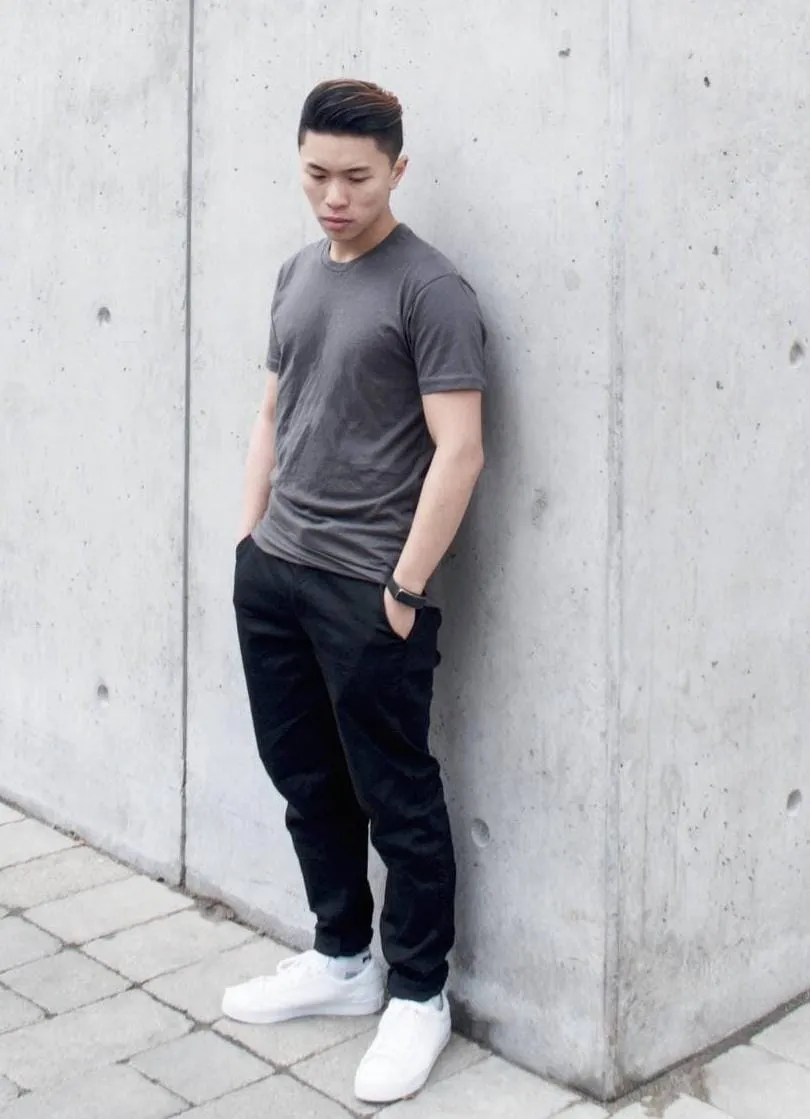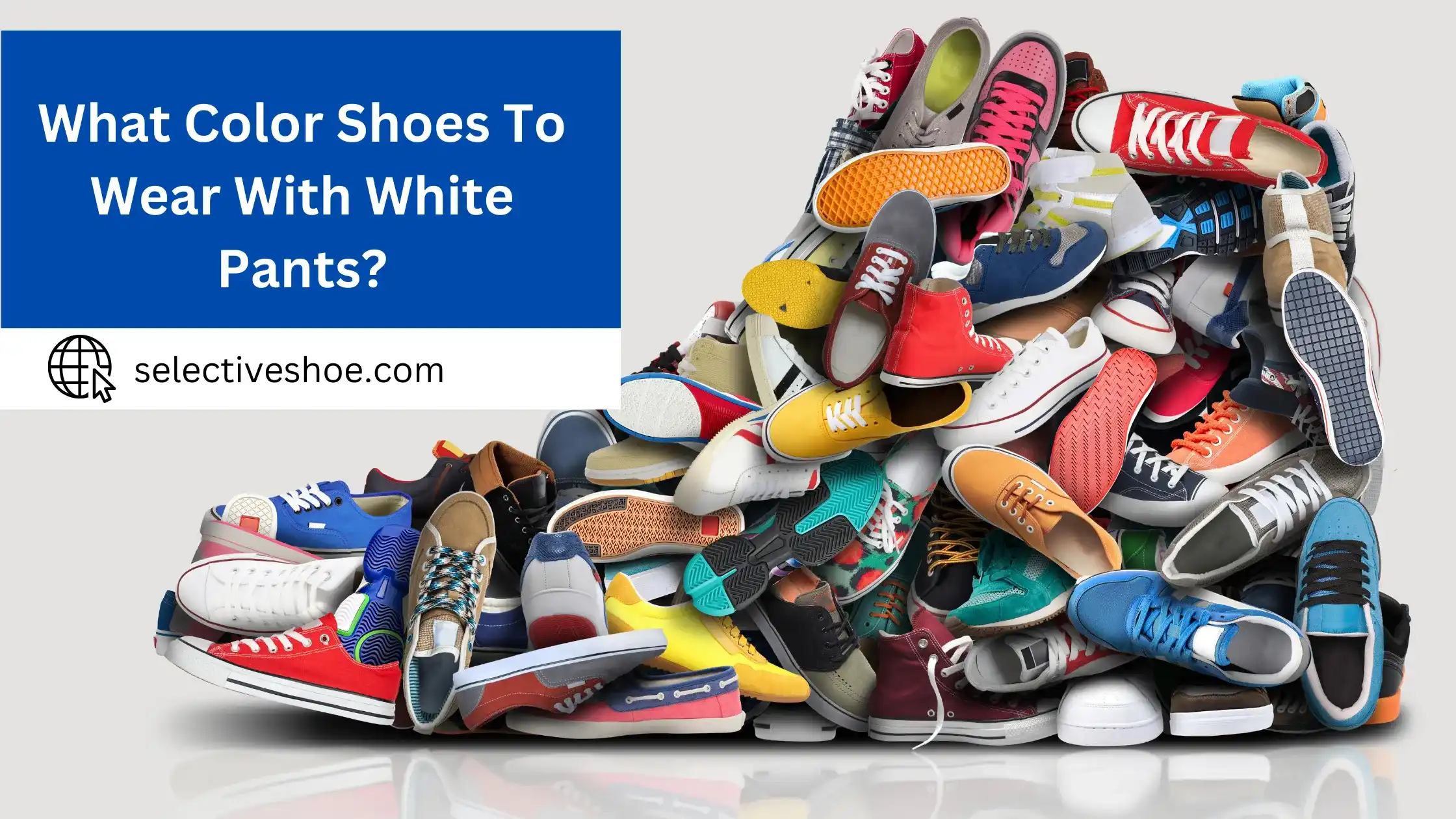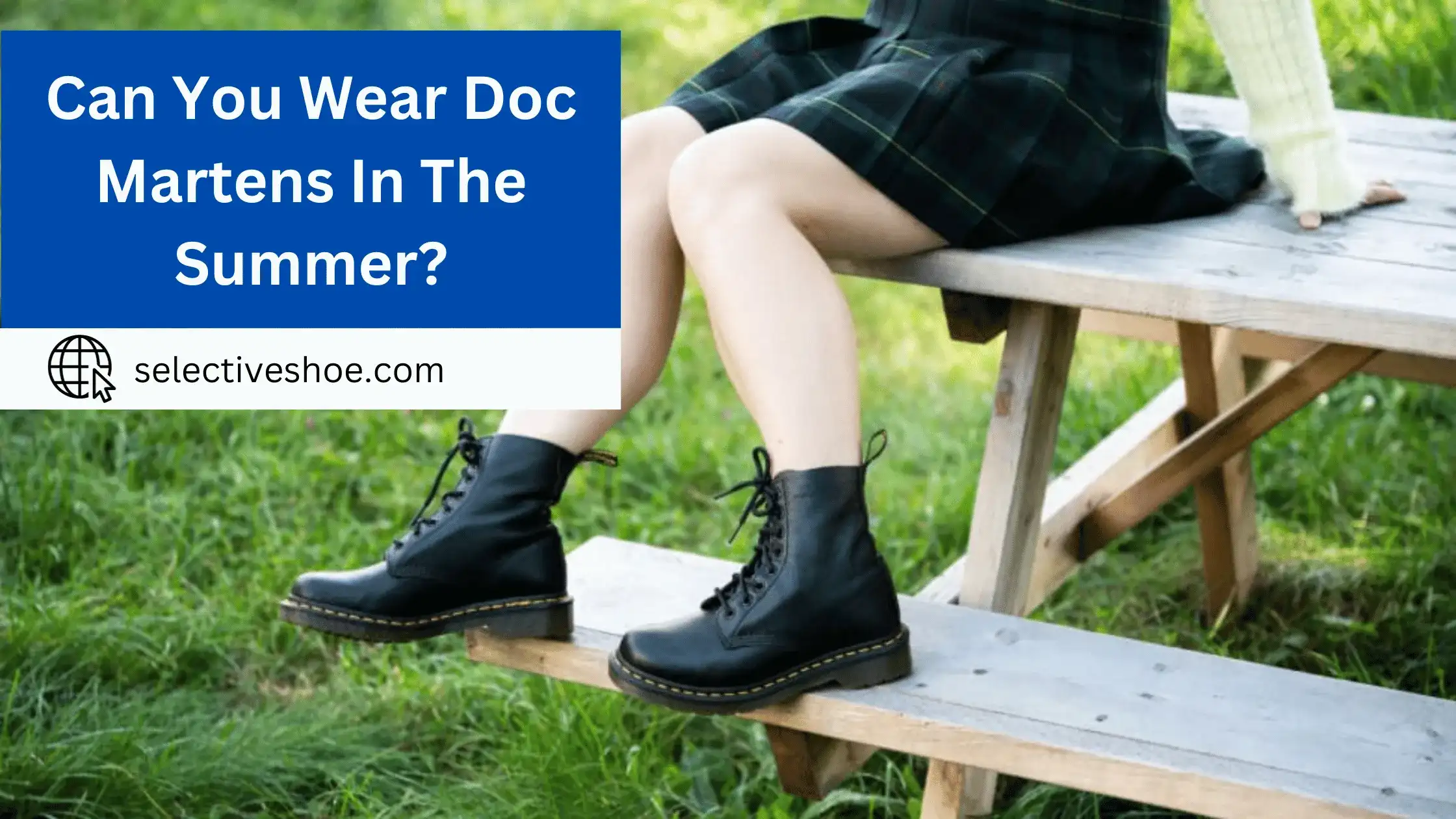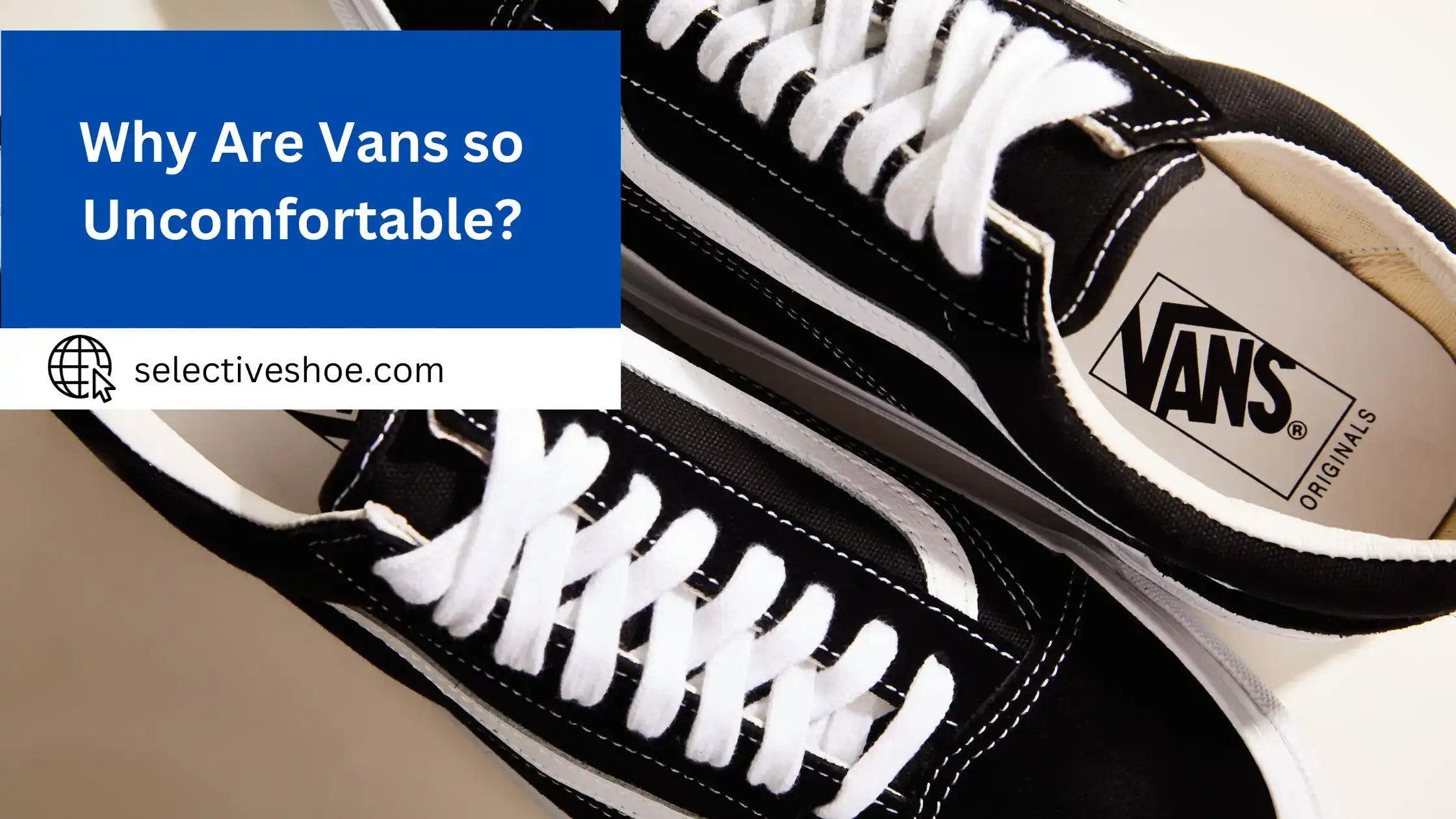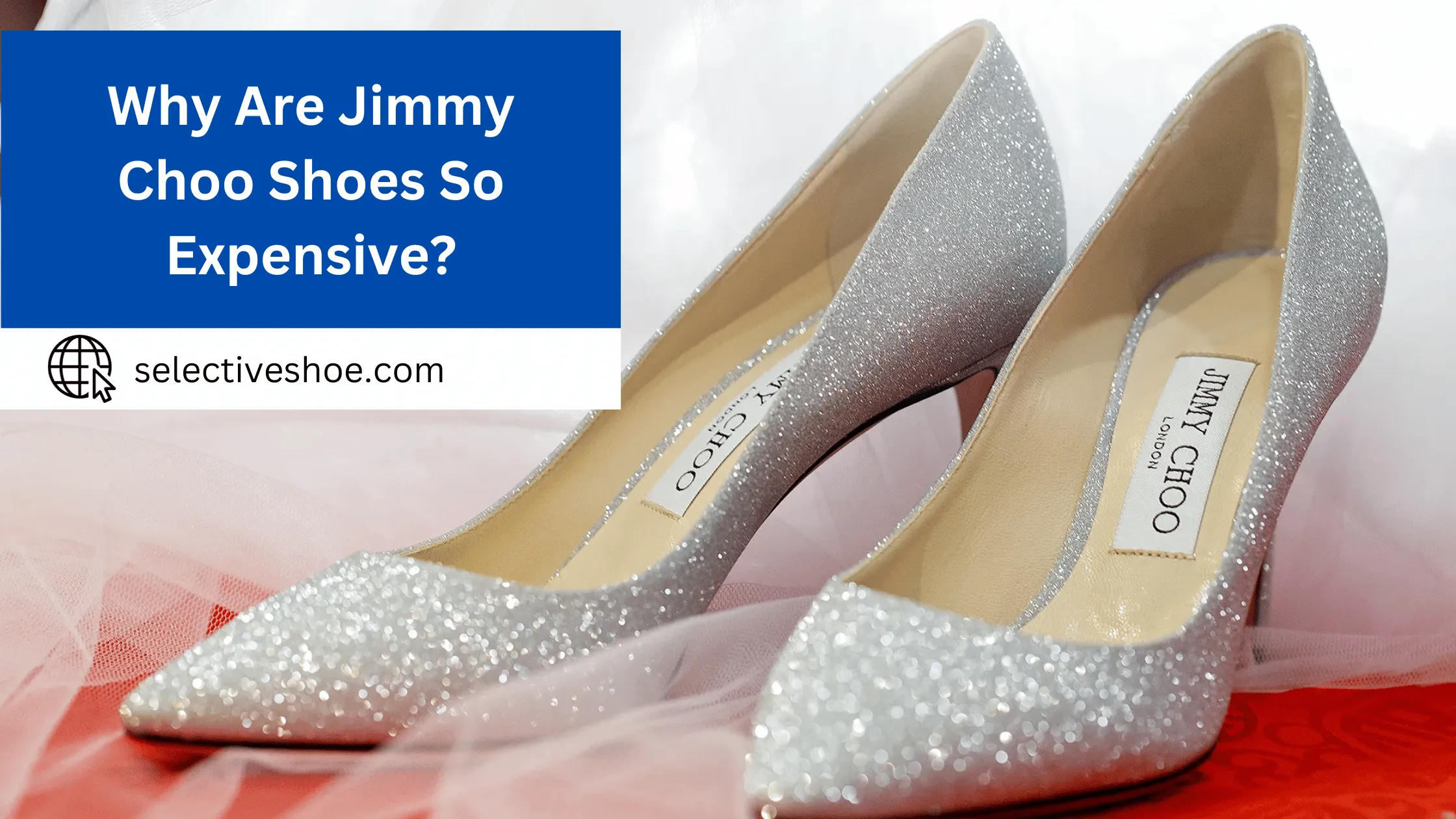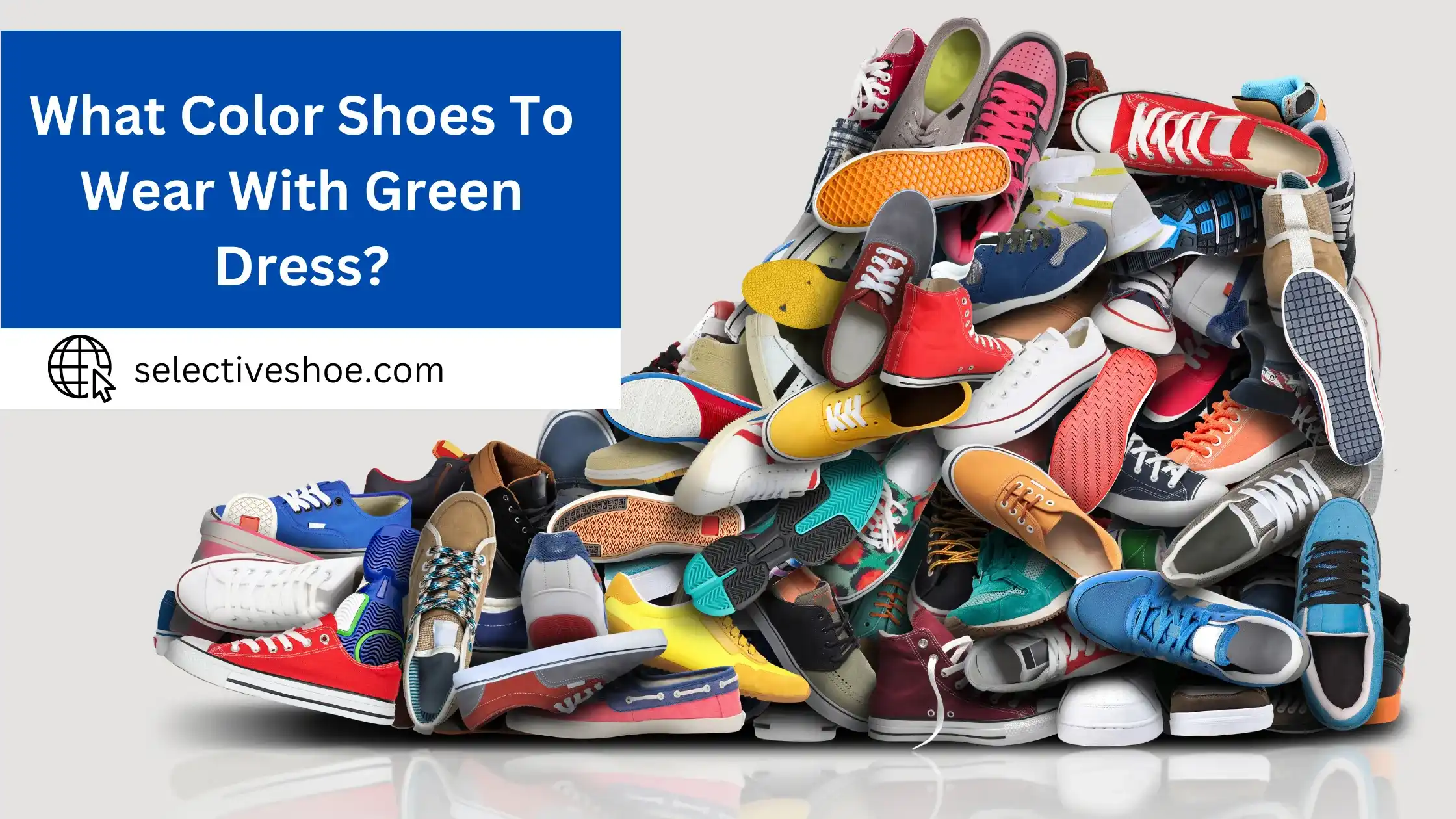Selecting the right shoe size for your child can be a tricky and confusing process. With so many different sizing charts available, it can be hard to determine what size is best for your three-year-old. But finding out their exact shoe size doesn’t have to leave you scratching your head!
We’ll provide all the information you need here, from helpful tips on measuring their feet and understanding sizing systems to age-specific guidelines that make shopping for shoes easier than ever before. So prepare yourself with expert footwear advice and learn exactly what shoe size is correct for a 3-year-old today!
Shoe size can vary greatly depending on the growth rate of the child. Generally speaking, most three-year-olds will wear a shoe size between 8 and 12, with an average of 9 or 10 US children’s sizes. It is important to note that as kids grow, their feet do too. Knowing the right size of shoes for your 3-year-old can help ensure their feet are comfortable and protected, so take the time to be sure you have the correct size!
So it is always recommended to measure their feet periodically and take into account any growth spurts when looking for new shoes!
Step-by-step Guide on Measuring Your 3-Year-Old’s Foot:
Gather Supplies:
Arrange all required supplies like a blank paper sheet, pencil, ruler, or specialized foot measurer. Ensure you have a flat and uncarpeted surface for the most accurate results.
Prepare the Setting:
Choose a time of day when your child is most relaxed, and their feet are likely to be at their largest, generally during late afternoon or early evening.
Position the Foot:
Ask your child to stand squarely on the paper. Ensure the child’s weight is equally distributed to get an accurate measurement.
Trace the Foot:
Using the pencil, trace a precise outline of the foot, making sure to keep the pencil straight to avoid under or overestimating the size.
Measure Length and Width:
Use a ruler to measure the foot’s length from the longest toe to the heel. For width, measure the widest part, usually the ball of the foot.
Other Foot:
The two feet are often different from the same size. Make sure to measure both and always go by the size of the larger foot.
Sizing Charts:
Different brands have different sizing guidelines. Use your measurements to consult multiple brand-specific charts.
Room for Growth:
A thumb’s width (around 1/2 inch) between the longest toe and the front of the shoe is often recommended to allow for growth and natural foot movement.
Test for Comfort:
Once a pair is shortlisted, ensure your child walks around, jumps, or runs to ascertain their comfort level. Watch for signs like the child tripping or complaining about pinching, as these are red flags.
Check for Wear:
Regularly inspect the shoe for signs of wear and tear. Children’s activities can be strenuous on shoes, and a worn-out pair should be replaced immediately to prevent foot issues.
The Importance of Proper Shoe Size for Children
The role of footwear in children’s overall health and development is often underestimated. Shoes are more than just a protective layer; they can impact a child’s posture, alignment, and even their relationship with physical activity. Ill-fitting shoes can have immediate discomforts like chafing, blisters, and skin irritations, which can deter kids from participating in physical activities like sports or even simple outdoor games.
In the long term, the implications can be even more serious. Childhood is a time of rapid skeletal growth, and the bones in the feet are among the first to fully develop. Incorrect shoe sizes can result in deformities and alignment issues that can persist into adulthood.
Problems like hammertoes, ingrown toenails, and even knee and back pain can be traced back to poorly fitting footwear in childhood. Moreover, in severe cases, it could lead to gait and balance issues, which can lead to developmental delays in fine and gross motor skills. This illustrates that ensuring the correct shoe size isn’t just about avoiding minor discomfort it’s crucial for the child’s long-term musculoskeletal health.
Factors Influencing a 3-Year-Old’s Shoe Size
Growth Spurts:
Toddlers undergo frequent and often unpredictable growth spurts, making it essential for parents to keep an eye on how snug their shoes are. Some experts recommend sizing checks every two to three months during these periods.
Activity Level:
Active toddlers place greater demands on their footwear. Shoes that are worn out will not offer proper support, potentially impacting the arch and overall foot development negatively.
Genetics:
Some children are genetically predisposed to have larger or smaller feet or to experience rapid foot growth during certain life stages. Parents should take note of family patterns and anticipate more frequent size changes if they recognize a familial trend.
Health Conditions:
Health conditions like juvenile arthritis, flat feet, or even more benign conditions like frequent sprains require special attention when selecting shoes. Always consult a healthcare provider for personalized advice.
Seasonal Changes:
Different types of footwear for varying weather conditions can also influence size needs. For example, winter boots may require a slightly larger size to accommodate for thicker socks.
Type of Shoes:
Formal shoes, sports sneakers, casual shoes, and sandals can all fit differently. Even within the same size, the design and material can influence how a shoe fits, which is why trying on various types of footwear is essential.
Conclusion:
Ultimately, it is important to know what shoe size your 3-year-old might need when they are ready to take off running, literally. It can be difficult to remember all the sizes and types of shoes that are available in stores today. Knowing what a typical 3-year-old may need in terms of shoe size can save parents from a lot of stress and uncertainty.
Using charts and sites online that offer information about the average shoe size for 3-year-olds is one way to feel comfortable with the purchase. Parents should also use good judgment as active children will likely have slightly different needs or measurements compared to children who are less active. All in all, you want your child’s feet to have room to grow without being too big or small so that they can enjoy everyday life without worrying about ill-fitting shoes!
